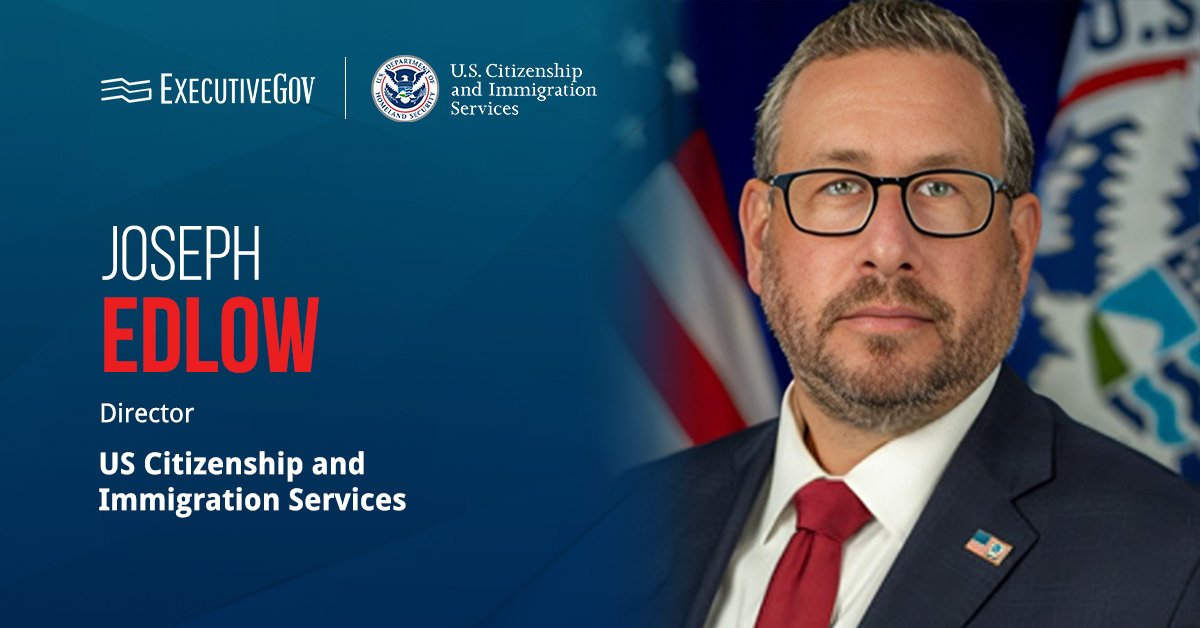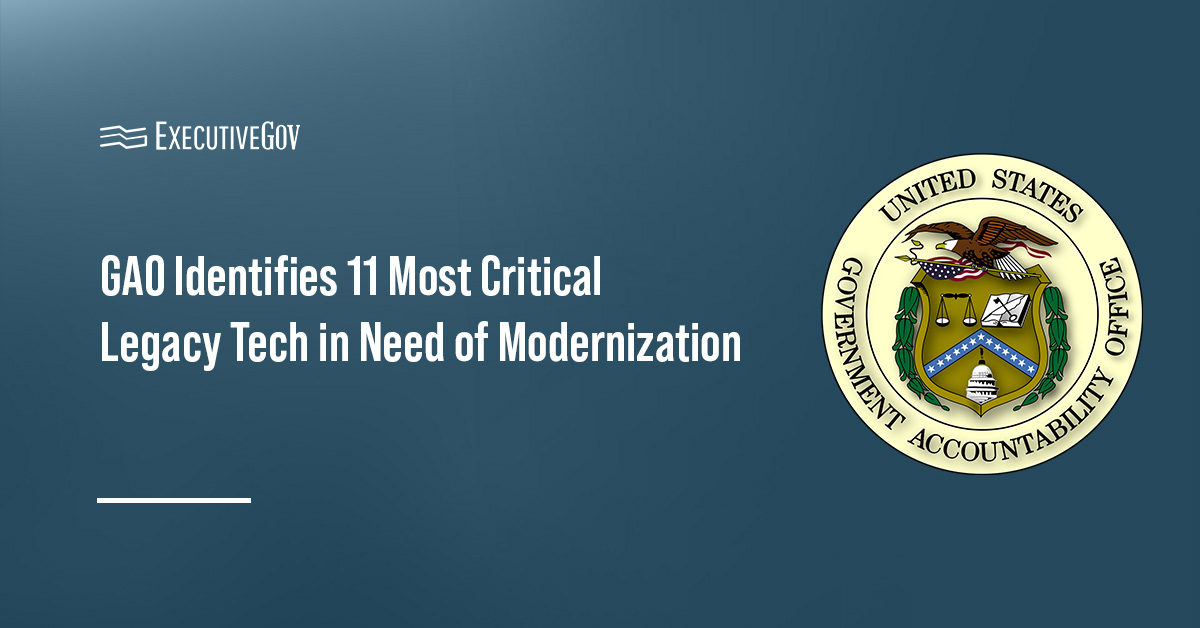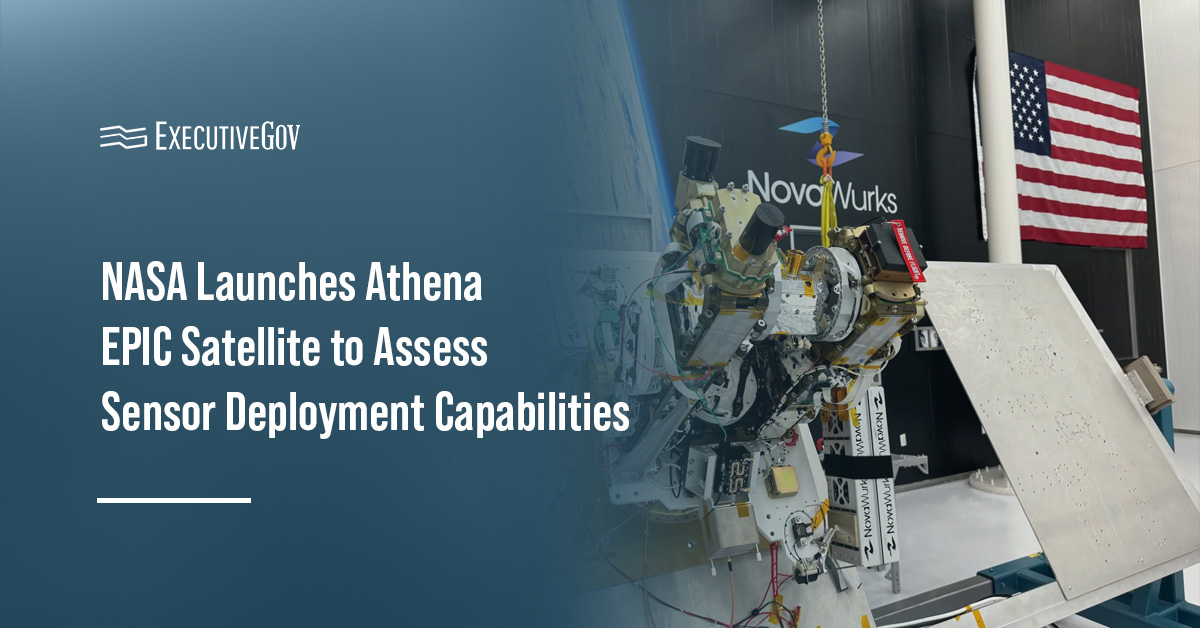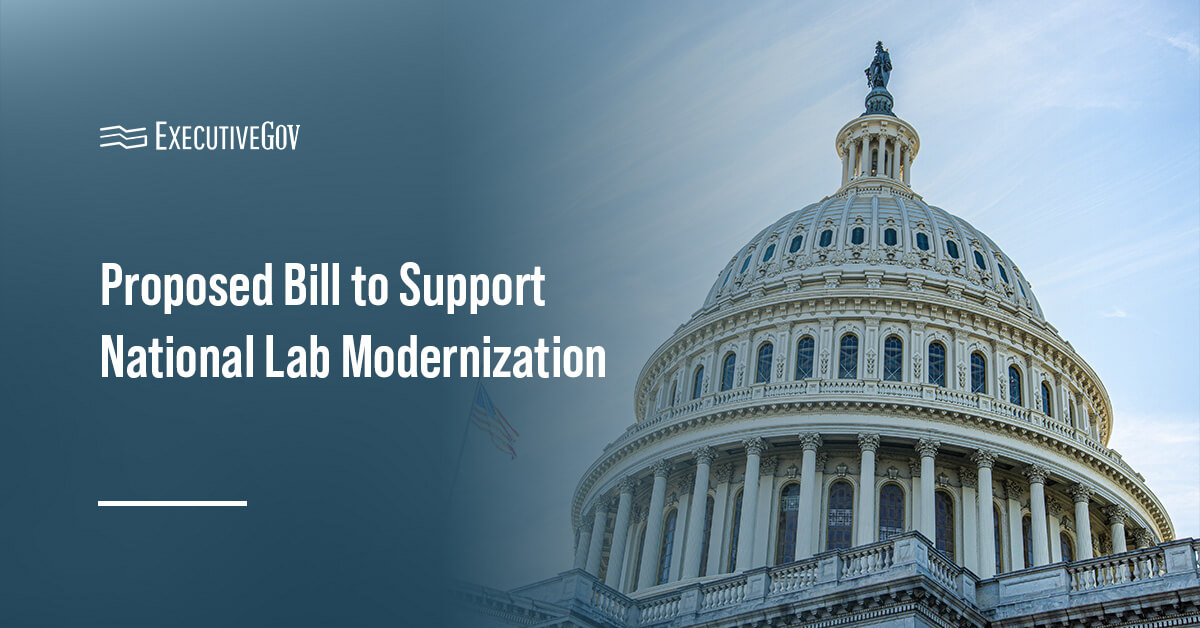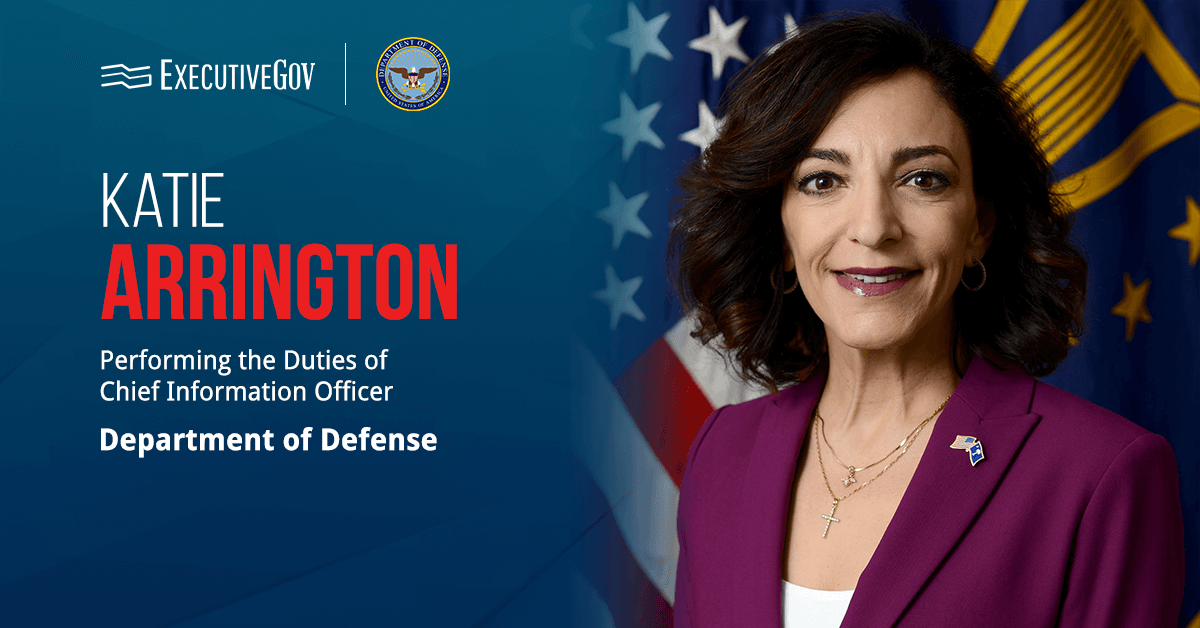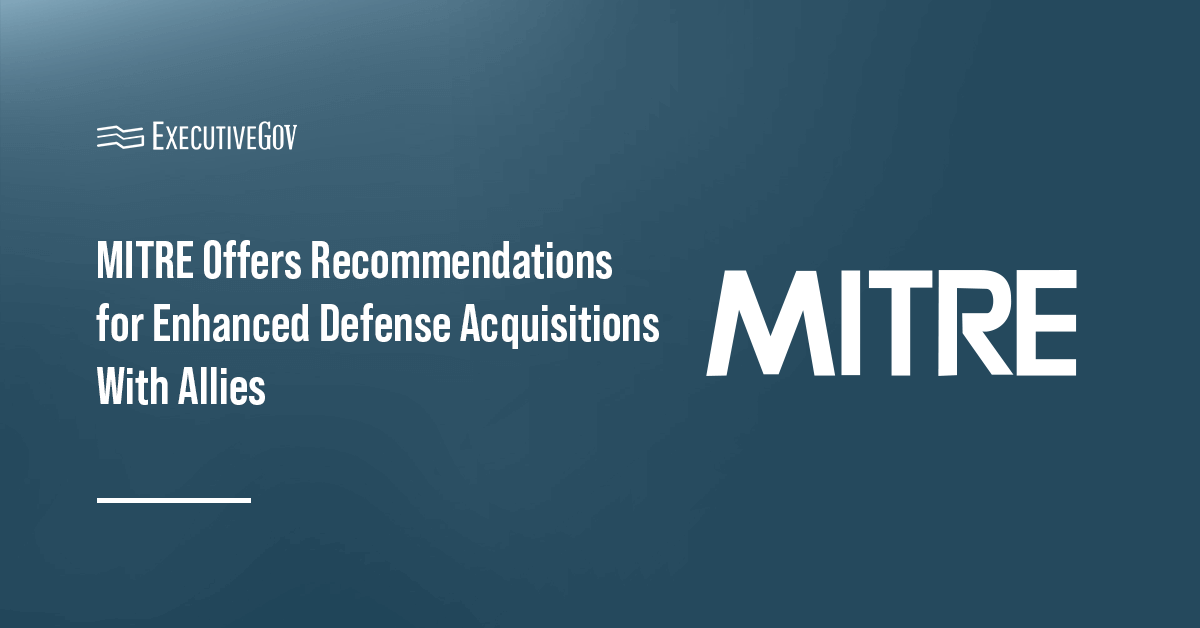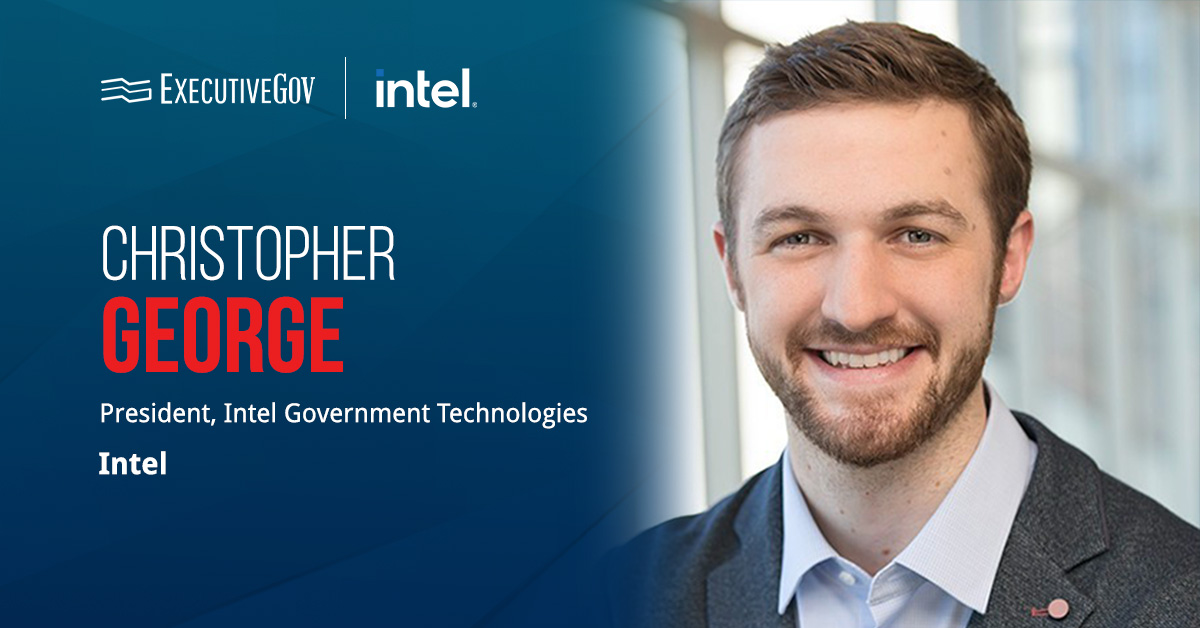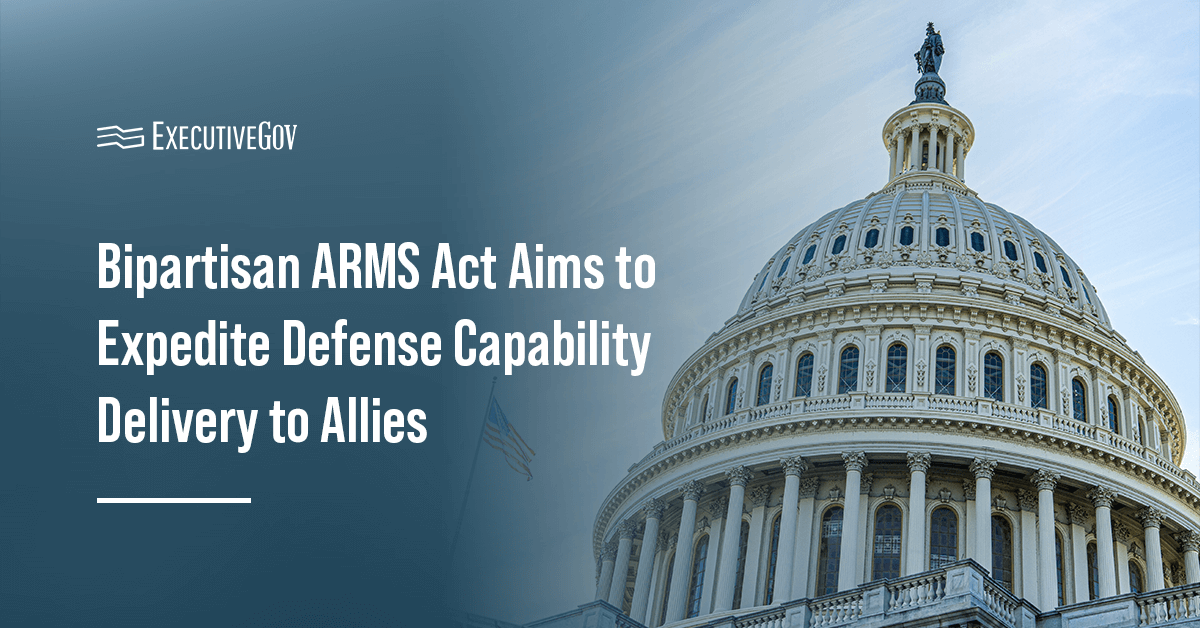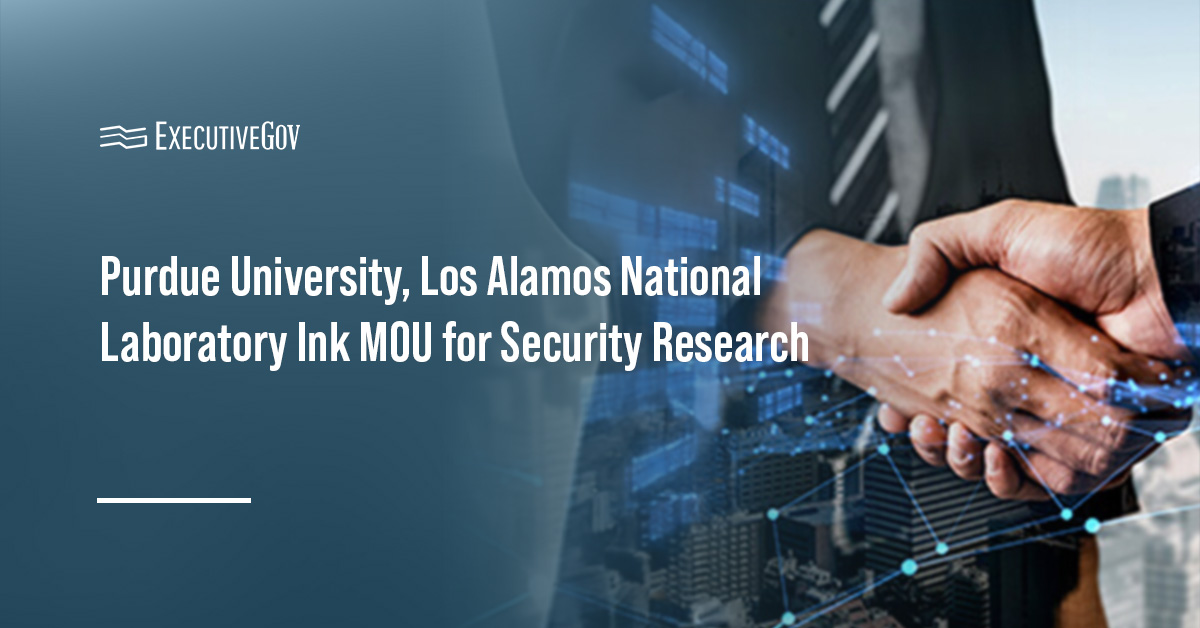The Senate on Tuesday voted 52-47 to confirm Joseph Edlow as the new director of the U.S. Citizenship and Immigration Services, and he will replace Ur Mendoza Jaddou, who resigned from the position.
Who Is Joseph Edlow?
Before his confirmation, Edlow was the agency’s deputy director for policy and chief counsel. He is the founder of the Edlow Group. Prior to USCIS, he was the deputy assistant attorney general of the Department of Justice. He previously served in the House of Representatives for three years, as the counsel of the Judiciary Committee, which is a subcommittee of Immigration and Border Security, and as the legal counsel of Congressman Raul Labrador. Edlow was also the assistant chief counsel of the Immigration and Customs Enforcement. He began his career as the associate attorney in the law offices of Scott Rolle.
Commenting on his confirmation, Edlow said he was honored to serve USCIS.
“I am greatly looking forward to advancing the president’s agenda to restore integrity in our legal immigration system and safeguard our communities and nation,” Edlow remarked.
“Today marks the beginning of a new era for USCIS. Together we will forge ahead to realize the mission of an agency born out of the horrific terror attacks of Sept. 11, 2001, to meet ever-evolving threats and ensure that we serve as the frontline to safeguard our homeland,” he added.


